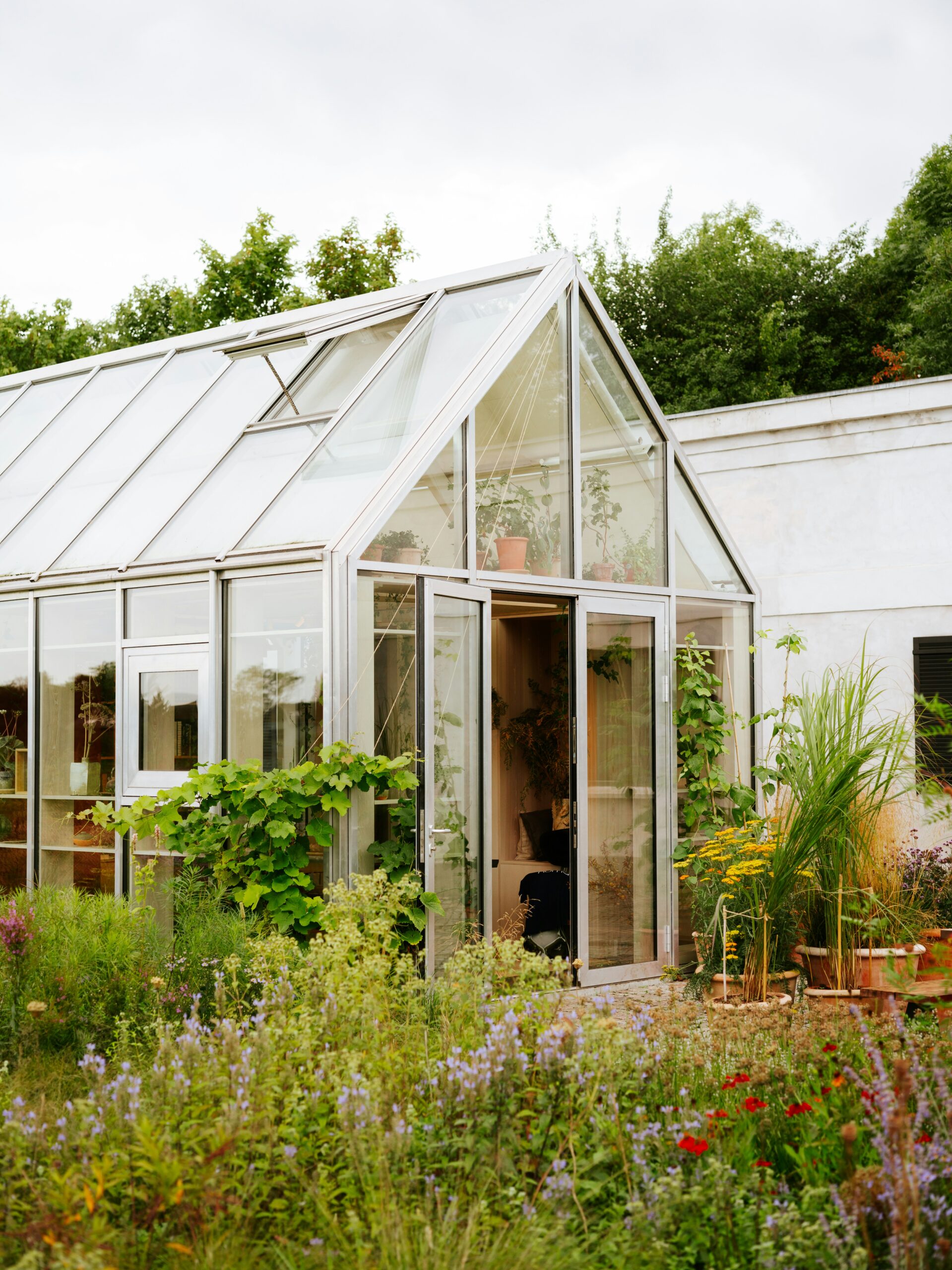Getting Started with Gardening: Essential Tools and Preparation
Embarking on a gardening journey requires not only enthusiasm but also the appropriate tools and preparation. For beginners, familiarity with essential gardening implements can make the process smoother and more enjoyable. Key tools include trowels, pruners, and watering cans. A trowel is invaluable for digging, transplanting, and aerating soil. Pruners are crucial for maintaining the health of plants by allowing for precise trimming and removal of dead or unhealthy branches. Watering cans provide a methodical way to hydrate your plants, ensuring they receive adequate moisture without the risk of overwatering.
As gardeners progress, larger equipment such as shovels and wheelbarrows becomes increasingly important. A shovel can help with larger excavation tasks, while a wheelbarrow makes transporting soil, compost, or plants manageable, decreasing physical strain and improving efficiency. Investing in quality tools can save time and improve the overall gardening experience.
Understanding your gardening space is equally vital for success. Factors such as soil type, sunlight exposure, and climate dictate what plants will thrive in your garden. Conducting soil tests helps ascertain pH levels and nutrient content, allowing you to amend the soil appropriately with organic matter or fertilizers, promoting healthy plant growth. Furthermore, it’s crucial to observe your garden location through different times of the day to assess sunlight availability, as some plants prefer full sun while others thrive in partial shade.
Preparing your garden beds involves laying out a plan based on the aforementioned factors. Proper spacing and orientation not only maximize growth but also facilitate maintenance tasks such as watering and harvesting. With the right tools and preparation in place, cultivating a vibrant and flourishing garden becomes an achievable goal for any beginner.
Choosing the Right Plants for Your Garden
Selecting the appropriate plants for your garden is crucial to ensure its success and longevity. Various factors must be considered, including climate, sunlight exposure, and your personal preferences. Understanding plant categories is essential for making informed choices. Annuals, for instance, complete their lifecycle in one growing season, making them perfect for those who like to change their garden’s appearance frequently. Popular annuals include marigolds and zinnias, known for their vibrant colors and ease of care.
Conversely, perennials return year after year, providing stability and consistency in your garden. They typically require less maintenance once established. Varieties like echinacea and daylilies are particularly resilient and thrive in diverse environments. Additionally, shrubs serve as an excellent foundation for a garden, offering structure and year-round interest. Selecting native shrubs can help support local wildlife, as they provide habitats and food sources for birds and insects.
When planning your garden layout, it is important to consider the amount of sunlight the selected area receives throughout the day. Full-sun plants, such as lavender and sunflowers, thrive in direct sunlight, while shade-tolerant varieties, like hostas and ferns, are best suited for areas with limited light. Implementing companion planting is also beneficial, as certain plants can enhance each other’s growth. For example, planting basil alongside tomatoes can improve their flavor and deter pests.
Lastly, considering local wildlife is essential when choosing plants. Opting for pest-resistant varieties can reduce the need for chemical interventions, nurturing a healthy ecosystem within your garden. In summary, making informed decisions based on plant categories, environmental conditions, and local wildlife will lead to a vibrant and flourishing garden that reflects your personal style. These considerations set a strong foundation for your gardening journey.
Fundamentals of Planting and Initial Care
When embarking on your gardening journey, understanding the fundamentals of planting and initial care is pivotal to the success of your garden. First and foremost, reading plant labels can provide critical information about the specific requirements of each plant, including sun exposure, water needs, and mature size. These labels also often contain details about the spacing requirements necessary to allow for proper growth and air circulation. Ensuring adequate space between plants is essential for minimizing competition for nutrients and sunlight, which can make a significant difference in overall plant health.
Correct planting depth is another key factor in establishing a thriving garden. Generally, when planting seeds or seedlings, it’s advisable to follow the indications on the seed packet or plant label. As a general guideline, seeds should be sown at a depth approximately two to three times their diameter, while seedlings should be planted at the same depth they were growing in their original container. After planting, watering is crucial; newly planted items should be well-hydrated to encourage root establishment. A gentle, thorough watering is recommended to help settle the soil without washing away the seeds.
A regular fertilization schedule aids in optimal plant growth, especially in the initial stages. Organic fertilizers can be particularly beneficial, as they provide a slow-release source of nutrients that support healthy development. Moreover, mulching plays a vital role in initial care by retaining soil moisture, suppressing weeds, and regulating soil temperature. Incorporating mulch can greatly reduce the labor of weed control and improve water retention in the soil.
Lastly, establishing a consistent watering schedule is essential in the early weeks after planting. Consider your climate and local weather patterns when determining how often to water, keeping in mind that the top inch of soil should remain moist but not soggy. Control of weeds through timely removal will further support your plants as they establish themselves in your budding garden.
Maintaining Your Garden: Tips for Ongoing Care and Troubleshooting
Maintaining a garden requires careful attention to several essential practices that ensure the health and vibrancy of your plants. Regular pruning is paramount; it not only promotes healthy growth but also prevents overcrowding by removing old or dead branches. Establishing a pruning schedule that aligns with the growth cycle of your specific plants can significantly enhance their structure and productivity. Similarly, deadheading—removing spent flowers—encourages further blooming and keeps your garden looking tidy.
Pest management presents another essential aspect of garden care. Instead of relying on harsh chemicals, explore natural remedies. Introducing beneficial insects, such as ladybugs and lacewings, can keep harmful pests at bay. Companion planting can also play a key role in preventing infestations; certain plants, like marigolds, can deter pests naturally. Moreover, regularly inspecting your plants for signs of stress or disease enables early intervention, reducing potential damage.
Seasonal care is crucial for maintaining a thriving garden. Knowing when to plant is vital; for instance, spring is optimal for most flowering perennials, while fall is the best season for planting bulbs. You should also be aware of when to harvest. For example, the time to harvest tomatoes varies with the variety, but generally, they should be picked when they are uniformly colored and slightly firm. Additionally, preparing your garden for different seasons involves using mulch to protect soil moisture, along with organizing your garden layout to accommodate seasonal variations.
Learning to identify common problems, such as yellowing leaves or wilting stems, is essential for effective troubleshooting. These signs often indicate underlying issues like nutrient deficiencies or inadequate watering. By recognizing these symptoms early, you’ll be better equipped to take corrective action, ensuring your garden remains healthy and beautiful throughout the year.


